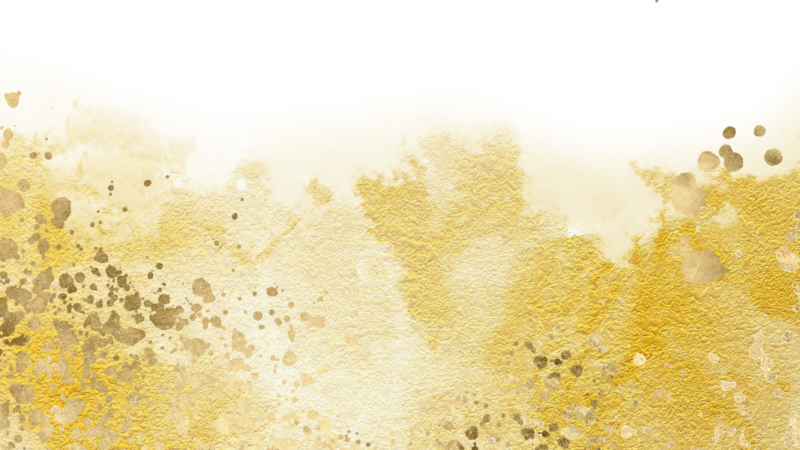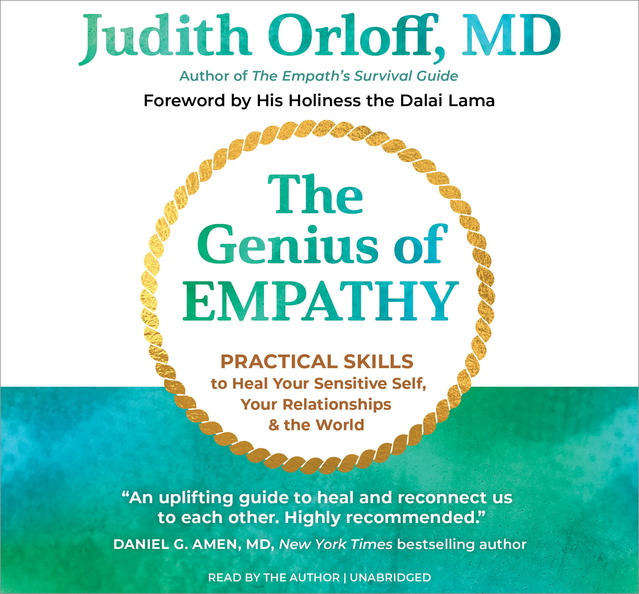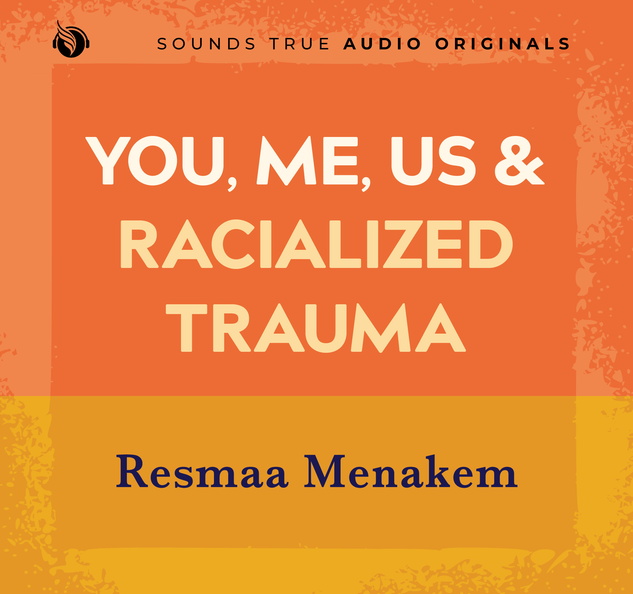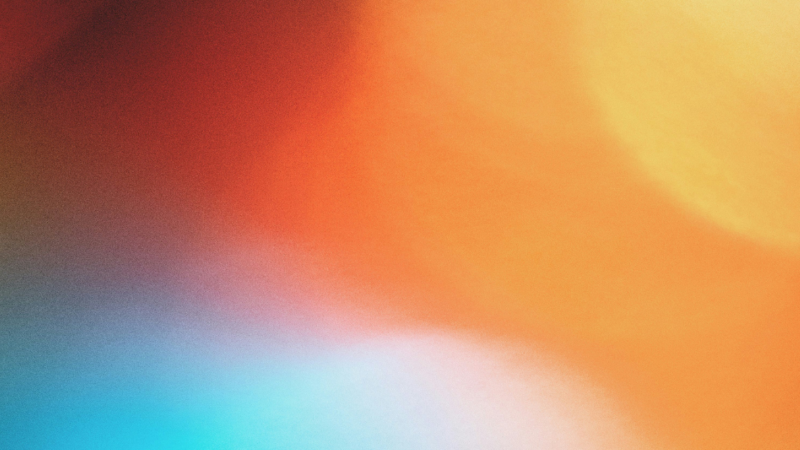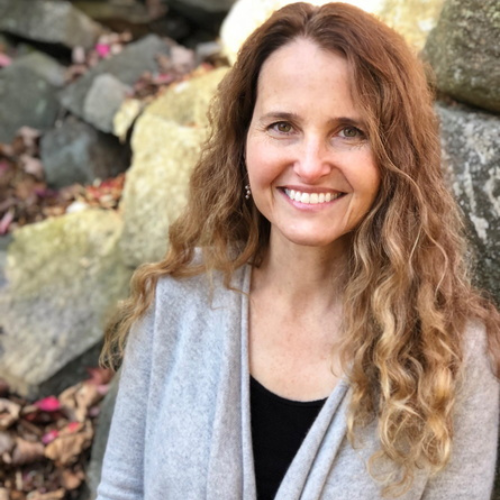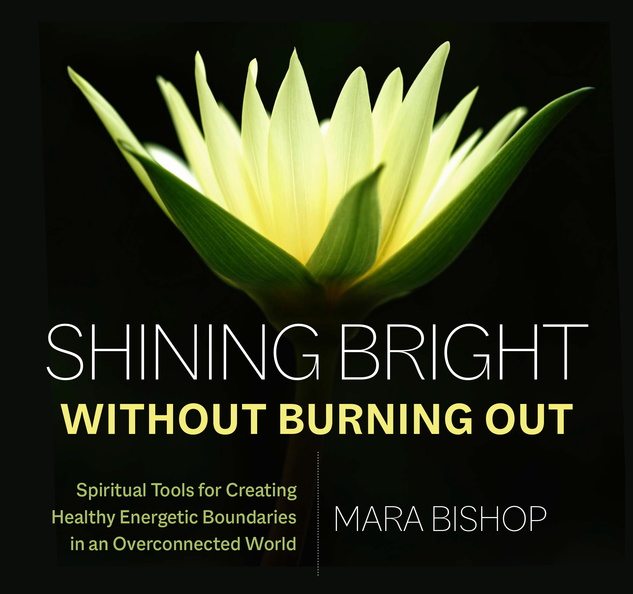
The childhood capacity to play creatively helps kids learn how to solve problems more effectively. Children develop their motor and mechanical skills, as well as planning skills and teamwork. The fact that many of our children now spend little time playing outdoors, growing up instead with commercial toys, video game consoles, computer games, and television prevents them from learning practical things in such a simple and joyful way as playing creatively in nature. Spending more time in nature or in a garden can bring this aspect back into the development of our children.
Spending time in nature can also significantly help children with attention deficit hyperactivity disorder (ADHD). Richard Louv, a contributor to the New York Times and the Washington Post, speaks of the “Ritalin of nature” and advocates that children be treated with time in nature instead of with medication. But even for children without ADHD, the effects of being in nature boost attention and concentration.
Patrik Grahn—professor in environmental psychology at the Swedish University of Agricultural Sciences—and his team compared children in two kindergartens. One group played regularly on a playground that was mostly paved over, had few plants, and was surrounded by high-rise buildings. The other playground was in the middle of woods and meadows, bordering an overgrown orchard with old fruit trees. The children played there in almost any weather. Professor Grahn showed that these children exhibited better physical coordination and significantly better concentration skills in comparison to the children going to a playground with less nature.
Children’s ability to communicate also increases, as the researchers from the University of Illinois found in the Landscape and Human Health Laboratory. They also proved that symptoms of restlessness and hyperactivity can be alleviated even in ADHD patients by regularly playing in nature. I recommend the following to parents and teachers who wish to improve their children’s attention, communication skills, and concentration:
- If possible, try to set up your children’s playroom/bedroom in a room that has a view of nature.
- Motivate children to play outside in green surroundings whenever possible—even in the rain or snow!
- Be an advocate for natural schoolyards at your children’s school. It is especially important for the recovery of the child’s ability to concentrate and interact.
- Plant and care for trees and other vegetation at home, or work with your landlord to establish a community garden in your apartment area.
- Get creative and make toys and other crafts from natural “supplies” from nature, such as this gourd music maker:
Musical Instruments from Gourds: Here’s How to Do It!
Dried gourds from your garden—whether short and spherical, long and cone-shaped, or those with a huge, bulbous, resounding body—make excellent rattles for children. Any variety of bottle gourds, also known as calabashes, is good for making a rattle.
Harvest the ripe calabashes in autumn. Now let the spongy flesh inside dry up and shrink. To do this, hang the calabashes at home in a way that allows sufficient air circulation around them; above a heater is particularly suitable. Drying is best done during the cold season, when home heaters are on, since low humidity is important for success. The calabashes must not touch one another, for this encourages decomposition.
During drying, it is hard to avoid a slight mold coating on the shell. This can be regularly wiped off with a cloth. You only have to take care that the gourd doesn’t get soft or rotten in spots. Occasionally it is possible to keep the calabash entirely mold-free by scraping off the outermost skin early in the drying process. Once the fruit is dried, the rattle is ready. The fruit flesh inside is sufficiently dried and shrunk so that the seeds are now free in the resulting cavity and will rattle when shaken.
Of course, calabashes can be further crafted into more sophisticated musical instruments, such as the finger piano (kalimba), which children especially like. If you enjoy working with your hands, bongos or a sitar—an Indian string instrument—can also be created from bottle gourds, as these offer an optimal resounding space. There are also types of gourds with very long, narrow fruits that, after drying and scraping, can produce a didgeridoo with proper bass and rich overtones. The Australian Aborigines traditionally made didgeridoos from branches and trunks of eucalyptus trees that were naturally hollowed out by termites in the wild.
Children will love to play instruments that they watched growing in the garden. This creates a connection that is so much more valuable than any store-bought rattle or toy drum. Other items of daily use can be produced from gourds, such as bottles, spoons, pitchers, dolls, ornamental objects, and many others. There is no limit to your creativity, and the internet is full of instructions for the use of calabashes as musical instruments and utensils.
 Born in 1980, Clemens G. Arvay is an Austrian engineer and biologist. He studied landscape ecology (BSc) at Graz University and applied plant sciences (MSc) at the University of Natural Resources and Life Sciences in Vienna. Arvay examines the relationship between humans and nature, focusing on the health-promoting effects of contact with plants, animals, and landscapes. The author also addresses a second range of topics that includes ecologically produced food along with the economics of large food conglomerates. Clemens G. Arvay has written numerous books, including his bestseller The Biophilia Effect. For more, please visit clemensarvay.com.
Born in 1980, Clemens G. Arvay is an Austrian engineer and biologist. He studied landscape ecology (BSc) at Graz University and applied plant sciences (MSc) at the University of Natural Resources and Life Sciences in Vienna. Arvay examines the relationship between humans and nature, focusing on the health-promoting effects of contact with plants, animals, and landscapes. The author also addresses a second range of topics that includes ecologically produced food along with the economics of large food conglomerates. Clemens G. Arvay has written numerous books, including his bestseller The Biophilia Effect. For more, please visit clemensarvay.com.
Buy your copy of The Biophilia Effect: A Scientific and Spiritual Exploration of the Healing Bond Between Humans and Nature at your favorite bookseller!
Sounds True | Amazon | Barnes & Noble | Indiebound

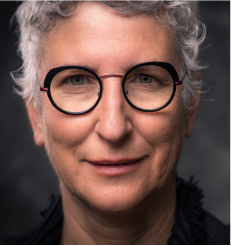



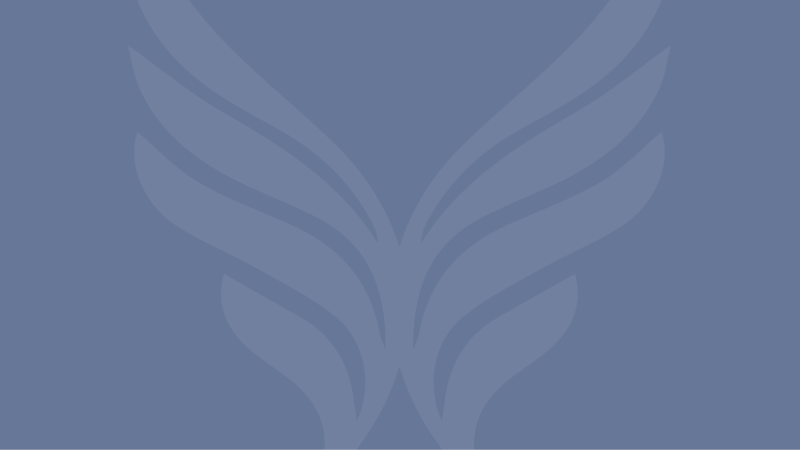
 A Nature Meditation for Better Focus
A Nature Meditation for Better Focus






 Born in 1980,
Born in 1980, 
